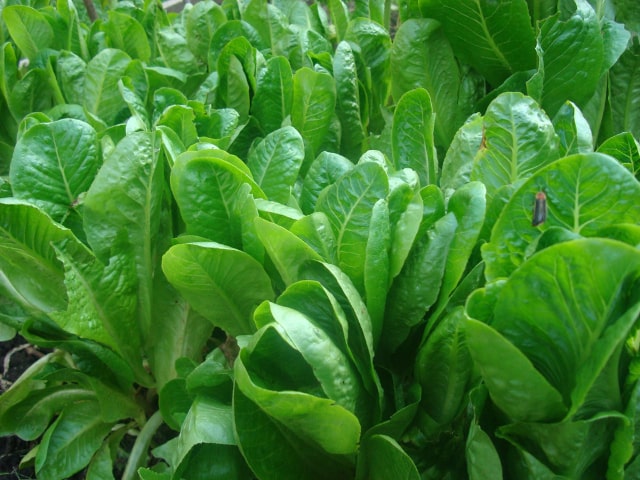
Many gardeners enjoy to grow their own vegetables. There are many advantages to growing your own vegetables. This way, you ensure you'll always have tasty and fully natural vegetables straight in your garden.
Among numerous advantages growing your own veggies bring, saving money is usually not on the list. This is because numerous vegetables are cheaper to buy at the grocery store. This way, it's difficult to save money by growing these vegetables. It's one of the reasons why all gardeners are advised to think carefully and to inform themselves about the most suitable plants to grow.
Top 6 Vegetables to Grow
Even though many vegetables are very cheap to buy, it's still possible to save some money on certain vegetables, if you know how ti choose carefully. Saving money can add another benefit to other advantages of growing your own vegetables.
The trick is to know which vegetables to grow and which ones are better to be bought at a grocery store. Here are the top 6 best vegetables to grow by yourself. These vegetables are chosen because they are relatively easy to grow, and having them in your own garden offer numerous advantages. Plus, it can save you a lot of money.
Top 6 vegetables to grow in your garden are:
- Lettuce (different varieties)
- Bell Peppers
- Garlic
- Winter Squash
- Tomatoes
- Broccoli
These vegetables are chosen for several reasons. First of all, they don't require much care so you won't lose much energy or time on growing them. It's generally advisable to grow only those vegetables that are relatively easy to grow but are not so cheap to buy in a grocery store. Wasting your energy on growing vegetables you can get cheaply at a store is not really advisable, unless you really want to grow your own, organic vegetables.
The chosen 6 vegetables are also great for people who have a limited garden space. All these vegetables can save you money without requiring much care. However, before you buy seeds to grow make sure that the chosen variety can do well in your region. Each region has its micro-climate, so you need to make sure that your chosen variety can thrive in your garden.
1. Lettuce
Lettuce is not a particularly expensive vegetable, but the prices are one the rise. Certain lettuce mixes made in the "ready to serve" packages at grocery stores cost about $4, which is too much.
This is why growing your own lettuce is a good idea. For a $2 package of seed you will be able to get enough lettuce to fill your garden and you'll recoup the cost within a few weeks. You will also be able to enjoy this fresh, healthy lettuce for months.
When planting, make sure to plant only a small amount of seed. In case you plant it all, you might not be able to harvest so much lettuce at the same time, which will make the unharvested plants to bolt quickly. It's therefore better to save the remaining seed for later. Replant the seed every 2-3 weeks throughout the growing seasons. This will give you a steady supply of fresh lettuce.
There are many different lettuce varieties you can try. There are great green leaf varieties, such as Concept, but don't forget about red leaf varieties, such as Magenta. If you choose to grow head-forming lettuce, such as Iceberg, keep in mind that it takes much longer to mature. Also, head-forming lettuce attracts more slugs. This is why leafy varieties are easier to grow and they can be harvested quickly, simply by picking the outer leaves while leaving the rest of the plant so it can continue to grow and produce more leaves.
2. Bell peppers
Bell peppers are not cheap vegetables to buy at a supermarket. Yellow and red peppers are even more expensive than the green ones (because of their extended ripening times). On the other hand, you can easily buy pepper starter plants for about $1 at the local nursery.
To have a good supply of peppers, it's enough to plant about ten pepper plants. Each plant will produce at least six peppers.
Depending on your preferences, you can let your pepper crop mature until it turns red, but it's up to you. Keep in mind that red peppers taste sweeter than the green ones.
To get the best results with your peppers, it's good to use some organic fertilizer. While you may use commercial fertilizers, organic ones such as peat moss or soil amendments such as rock phosphate and lime will make your peppers extra healthy.
Peppers are very easy to grow. Keep in mind that they are started in small pots, so you need to transplant them when it's warm enough outside. Also, it's important to pick off any small peppers that may form on transplants or else the growth of the plant will be stunted.
If you want to stimulate the growth of new peppers, pick the green peppers as soon as they reach size. This will sure stimulate the plant to produce more fruit. In case you really want some sweet yellow and red peppers, you can leave some plants unpicked. Keep in mind, however, that these plants will produce less fruit.
3. Garlic
Garlic tends to be expensive, so it makes sense to grow it in your garden. You can easily grow your own garlic from cloves saved from the previous crop. It costs about $.50 a pound to grow your own.
The good news is that garlic is probably one of the easiest crops to grow. One thing you need to keep in mind is that you should never over-water mature plants. A good advantage to garlic is that it's often grown during winter. It is a great thing for maximizing the garden space.
When growing your own garlic, keep an eye on weeds. Garlic is very sensitive for any other plant growing in its vicinity. This is why it's important to do some weeding. Another thing to keep in mind is harvesting. Garlic needs to be harvested on time so it can produce bulbs of good keeping quality.
4. Winter Squash
This is another vegetable that's not really cheap to buy at supermarkets. You can grow your winter squash easily in your garden and save a lot of money. For example, you can get a squash starter plant at $2 each, which is a good price. Each plant will yield about 40 squashes. Another thing you'll probably need to buy is some soil amendment, but it's not expensive.
Winter squash is very popular among home gardeners because they are easy to grow and they won't require weeding once they are established. Even more, they can keep through the winter, giving you a great source of vegetable for the cold months.
You should plant them in beds, but the beds don't have to be richly prepared before planting. Keep in mind, however, that the runners need a lot of room to spread. This is why winter squash is ideal for people with lots of garden space.
5. Tomatoes
The price of tomatoes vary greatly by variety, season in region, but it's often cost-effective to grow your own. There are many different varieties to choose from, so you can pick the best ones for your garden. You may choose between large varieties (such as Big Beef) and the small, cherry tomato plants (such as Sun Gold). You may also choose some paste tomatoes to grow. You can buy starter tomato plants at about $4 each, and you should probably add some more for soil amendments.
Tomatoes are grown in plots. A 6' x 12' plot is good for about 8 tomato plants. Cherry varieties give early fruits, while the large varieties are great for sumemr and fall harvest. The meaty paste tomatoes are great for canning and freezing. These also work great in salasa and sauces. Having your own, fresh tomatoes during winter is a great way to ad some vegetables to your meals. Keep in mind that the price of tomatoes goes up in winter, so having your own will sure help you save some money.
6. Broccoli
Broccoli are not expensive to buy at a supermarket, but it's easy to grow so it's a good candidate for your home garden. Having your own broccoli offers numerous advantages. You will be able to have fresh broccoli for 6 to 8 months, which is sure a good alternative to buying vegetables at stores.
Keep in mind that broccoli is a cool season crop. It can be grown both as a spring and a fall crop. It requires soil rich with organic matter and lots of food, so it's wise to invest in some soil amenities and organic fertilizer.
It's easiest to grow broccoli in green manure off-season. This is the low-cost way to fertilize your soil. make sure to work some compost and peat in the soil before planting. Add some lime and rock phosphate if your soil requires it.
Broccoli has a high nutritious value and it's a great source of vitamin A, riboflavin (vitamin B2) and calcium. It's also known as the anti-cancer vegetable.
Photo credit: henskechristine
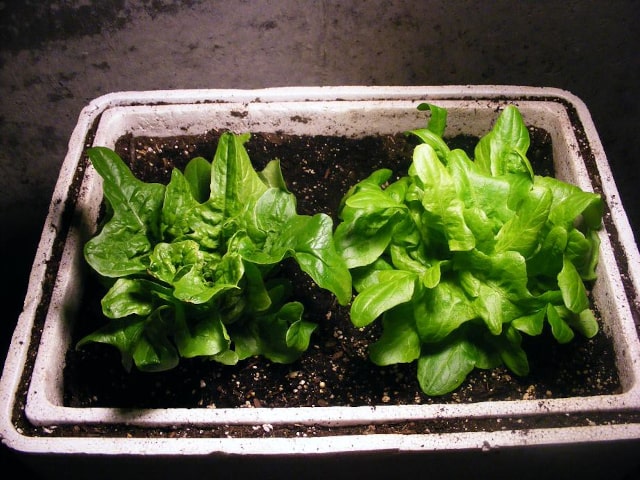
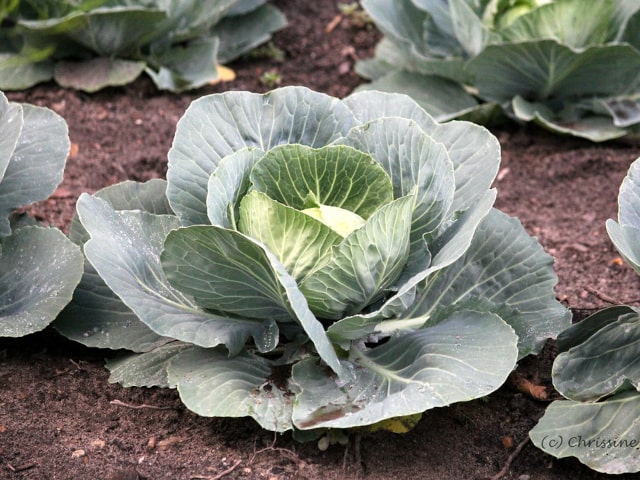
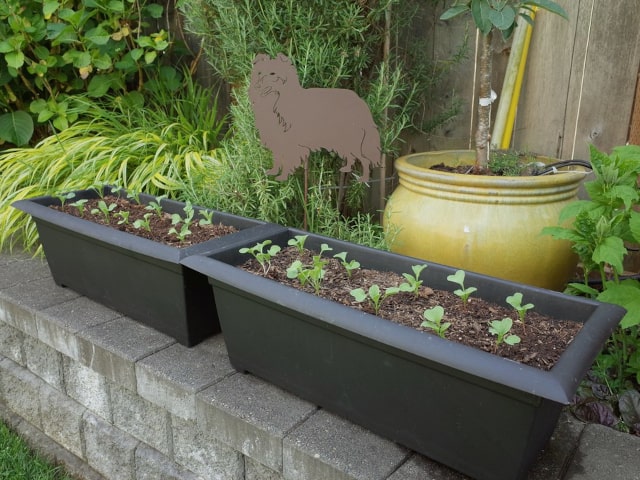
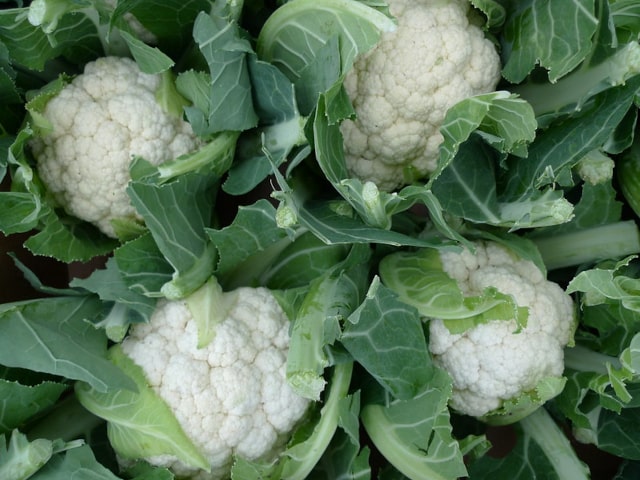
0 Comments